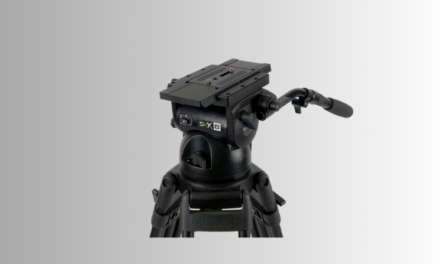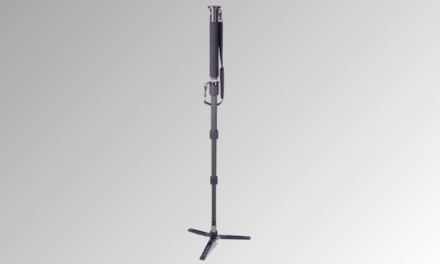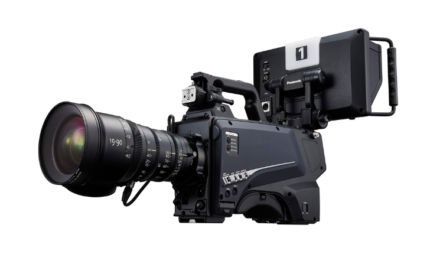While growing up in a California beach town, James Kniest developed a passion for underwater photography which would lead him to a career in filmmaking. These days he is best known for his cinematography on popular modern horror shows, including The Haunting of Bly Manor, American Horror Stories, and hit 2014 horror film Annabelle. Following The Haunting of Bly Manor, Director Mike Flanagan invited Kniest to collaborate once more on The Midnight Club, a 2022 serialization of the Christopher Pike young adult series by the same name. The show uniquely intertwines an eclectic mixture of anthology-like vignettes throughout the main story. The cinematographer selected ZEISS Supreme Prime Radiance lenses with the Sony Venice camera to set the show’s overarching look.
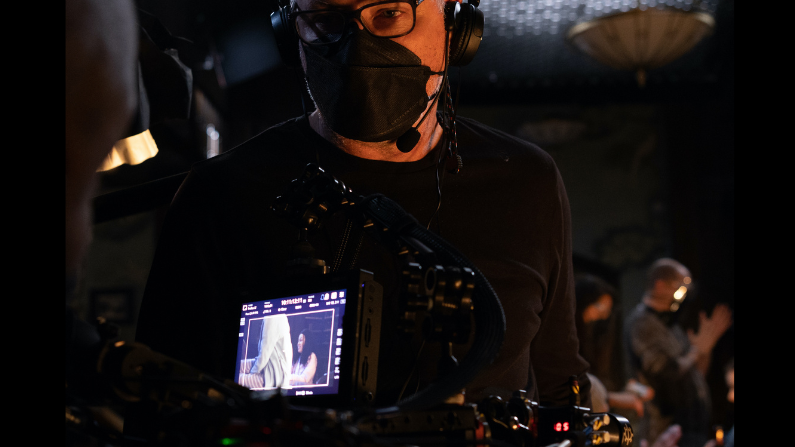
In The Midnight Club, a group of terminally ill teenagers, living together in a convalescent home, meet each night to share spooky/down-right-terrifying stories in front of the manor’s fireplace. The show weaves together a main storyline of the teenagers’ day-to-day lives, with secondary micro-narratives made up of the tales the characters tell each other. “One of the most thrilling parts about The Midnight Club is that every episode has different stories in it, with different looks, different lighting, different lensing, and different camera language,” Kniest describes. The cinematographer knew that to make the most of this broad canvas, he needed to establish a strong foundational look for the main storyline from which to then build these diverging narratives.
A big consideration for Kniest was how to prepare the transition between the primary plotline and the secondary stories. This integral transition would happen at least once each episode, taking place in front of the fire where the characters tell their stories. Kniest explains, “In each episode we would push down a long wooden table in front of a fireplace and focus on the character who is relatively small in the frame compared to the raging fire behind them. We had to maintain sharp focus and high resolution without getting blown out by the fire.” It was important to have a camera package that would be able handle the effects of this dominant light source without creating distracting, uncontrolled flares, or other artifacts.
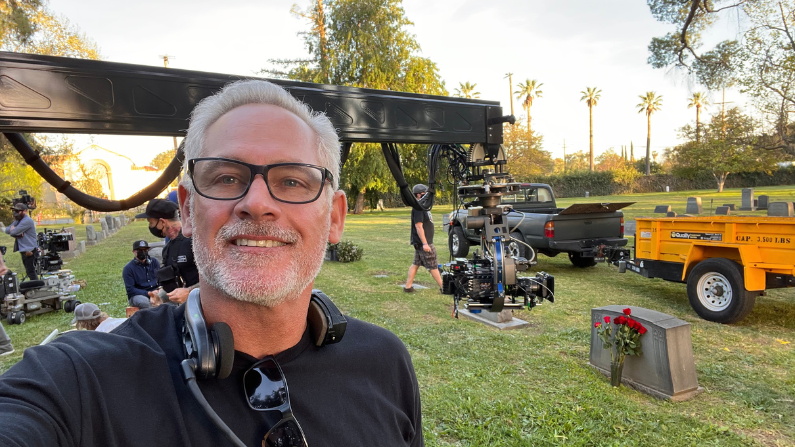
Kniest is a DP who rose to cinematography through lighting, so he was keenly aware of the unique variables produced by The Midnight Club’s specific set lighting. “The adage ‘painting with light’ has stuck with me deeply,” he says. “One of the things that was important to me in choosing a lens set for the primary storyline was having lenses that were going to deal best with fires, flashlights, candles, and wall sconces. It was important for me to manage flares without getting hamstrung by them.” He began testing lenses, seeking the set that would best handle this important scene without giving up the lens flares he loves.
Pre-production for the show began during COVID. Kniest recalls the funny looks he received, bringing loaner lens sets borrowed from William F White to test on the fireplace at a local restaurant. “There I am in Vancouver with everything shut down, hardly anybody around, and I have a camera system set up at a restaurant table where they barely want to serve me, as is,” he chuckles. He proceeded to put the ZEISS Supreme Prime Radiances through their paces. “I’d already half decided on the Supreme Radiance lenses but seeing how they could handle fire and headlight flares was the essential sign for me that they were the right lens choice.”
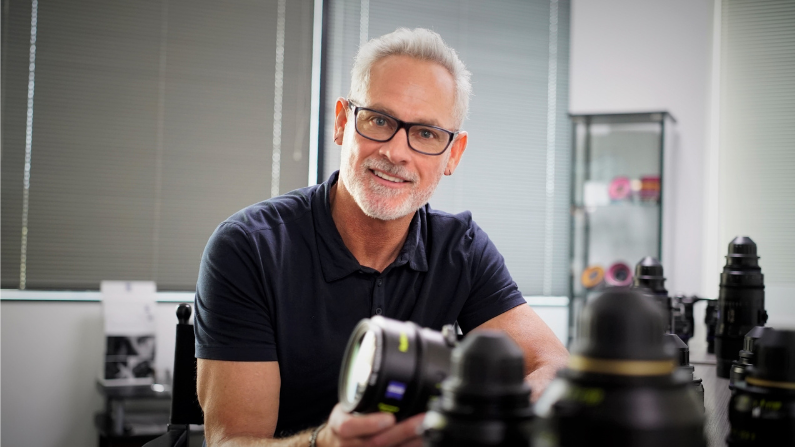
The high speed, large format lenses became the primary lens package for the project. Kniest recounts, “I fell in love with them because of their flare characteristics. I like to control the lens when we want to. It builds another world and gives the show more three dimensionality. I even ended up using them in the secondary stories sometimes we had five or six different looks in a single episode. That attests to the lenses’ versatility.
“I’m very proud of The Midnight Club. With the Radiances, there was nothing distracting in the way the lenses captured the scenes, especially regarding the storyteller’s face with the fire behind them. It is an element that plays in every single episode, so I am proud that we were able to work out this solution.”
The Midnight Club is available to watch on Netflix.
Read the full interview with Cinematographer James Kniest: https://lenspire.zeiss.com/cine/en/article/james-kniest-uses-zeiss-supreme-prime-radiance-lenses-to-weave-narratives-together-in-the-midnight-club


